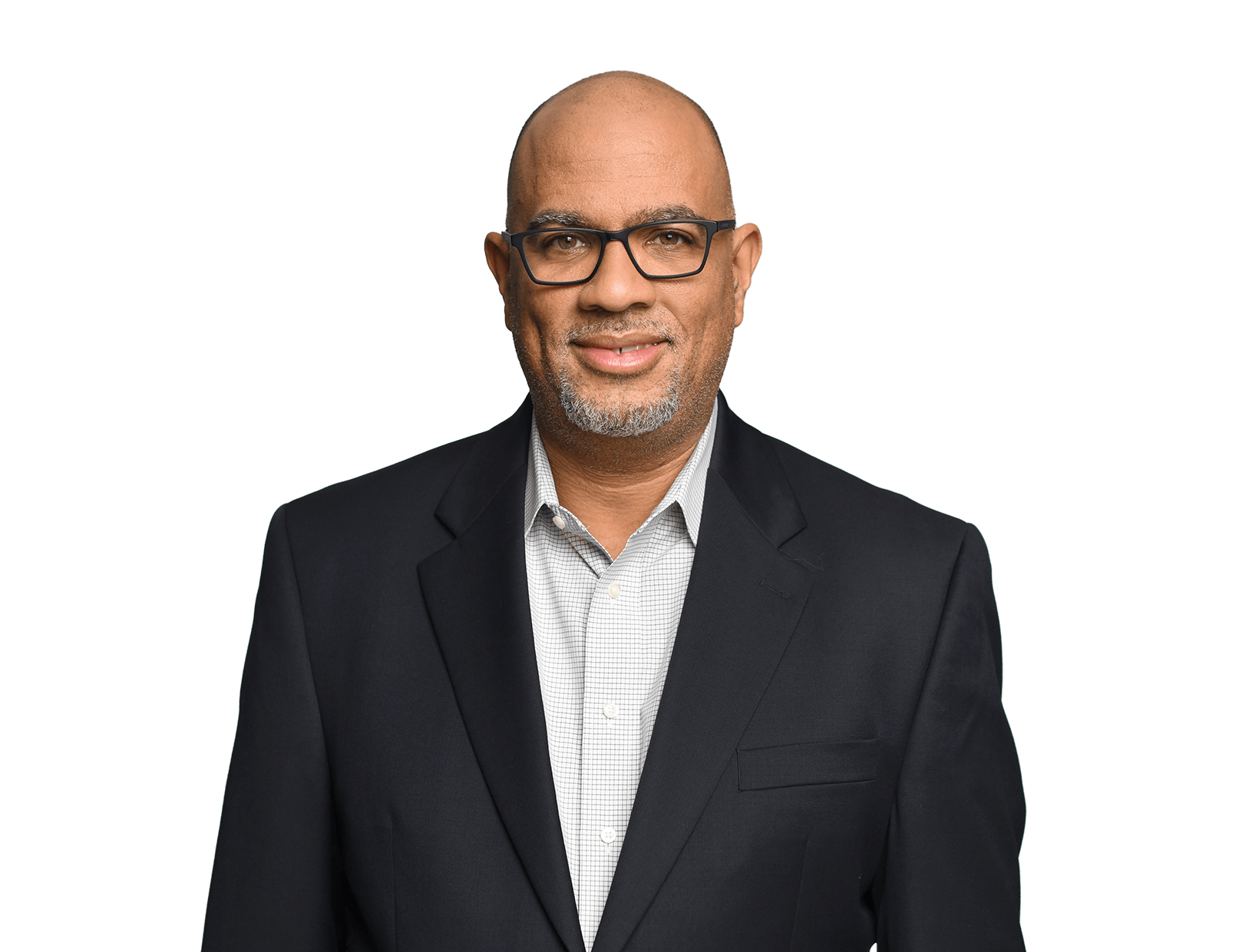For World IP Day, Fish Principal and chair of Fish’s Diversity & Inclusion Initiative, Ahmed Davis, authored the article “Celebrating Black Inventors on World IP Day” for the National Law Journal, which celebrates the contributions of Black inventors who all too often get overlooked.
Click here to read the full article PDF: “Celebrating Black Inventors on World IP Day”
As World IP Day 2021 approaches, we should celebrate the incredible achievements of the world's greatest inventors. But throughout our country's history, scores of inventors, particularly African Americans, have been systematically excluded from reaping the benefits of intellectual property protection for their work, and many of those who found success have been forgotten. On World IP Day 2021, let us celebrate the contributions of Black inventors who all too often get overlooked.
The earliest known Black patentee is Thomas L. Jennings, who in 1821 received a patent for a dry-cleaning process. The second known Black patentee, Henry Blair, received a patent for a "Seed-Planter" in 1834 and a "Cotton-Planter" in 1836. Interestingly, patent records identify Blair as "colored"—the only known instance of the patent office taking notice of the patentee's race. In 1846, Norbert Rillieux received a patent for a multiple-effect vacuum evaporator for producing sugar from sugar cane juice, which became the standard method of sugarcane juice evaporation.
Patenting activity by African Americans increased after the Civil War. Granville Woods, known as the "Black Edison," held over 60 patents, many related to railroad and communications technologies. His most important patent was for the multiplex telegraph, which allowed conductors on moving trains to communicate with each other by voice over telegraph wires. This invention was so revolutionary that he was sued by Thomas Edison twice, with Woods defeating Edison both times. Edison later offered Woods a job, but he declined.
Elijah McCoy held over 50 patents. His most revolutionary invention was a self-lubricating device for locomotive engines that allowed trains to run continuously for longer periods without the need to stop for maintenance. McCoy's lubricators were of such high quality that operators, wary of purchasing inferior substitutes, often asked for them by name. These requests are thought to be the origin of the phrase "the real McCoy."
Garrett Morgan was responsible for inventing the modern three-position traffic light and a "smoke hood" that formed the basis for the gas masks used during World War I. However, Morgan's career illustrates the real-world challenges many Black inventors faced when marketing their products in the early 20th century. When demonstrating his smoke hood, Morgan frequently hired a white actor to pose as the inventor while he posed as the "assistant."
Black inventors have often encountered barriers to the patent system throughout American history. Before the Civil War, enslaved people were barred from patenting their inventions. In 1857, a Mississippi slave owner named Oscar J.E. Stuart wrote to the secretary of the interior asking whether he could patent a "double plow and scraper" that was invented by his slave, Ned. The attorney general, relying on the Dred Scott decision, then issued an opinion titled "Invention of a Slave." He concluded that a slave owner could not patent the invention of his slave because the slave owner could not swear an oath that he was the original inventor, as required by the Patent Act of 1836, and the slave could not take the oath at all because he was not a citizen of the United States.
"Invention of a Slave" was abrogated by the Reconstruction Amendments, but challenges for Black inventors remained. In "Violence and Economic Activity: Evidence from African American Patents, 1870 to 1940," economist Lisa Cook found that patenting activity by African Americans during the Second Industrial Revolution was diminished by violence, segregation and gaps in the rule of law. Based on historical data, Cook estimates that a 1% increase in the growth rate of lynchings per capita depressed patent activity among African Americans by about 1% per year, while major race riots were associated with a 13%-14% lower rate of activity. In aggregate, African Americans held 0.2 patents per million people between the years 1870 and 1940, while whites held 425 per million.
These historical roots have consequences today in the form of education disparities, lack of access to capital, and a generally low-level awareness of the patenting system. In 2018, Harvard University researchers found that African Americans comprised less than 1% of the U.S.-born inventors surveyed, despite accounting for 13% of the population. Another study from Michigan State University found that, from 1976 to 2008, Black inventors were awarded six patents per 1 million people, compared to 235 patents per 1 million for all U.S. inventors.
The U.S. Patent and Trademark Office and the IP industry at large have come to understand that the patenting gap between Black inventors and their counterparts is a significant source of missed innovation. The USPTO's National Council for Expanding Innovation, established in 2020, is tasked with developing a comprehensive national strategy to increase participation in the innovation ecosystem, particularly by women and other underrepresented groups. That same year, the agency established the Expanding Innovation Hub to provide resources to women, minorities, veterans and geographically and socioeconomically diverse applicants. The USPTO also operates the Pro Se Assistance Program to help under-resourced inventors make informed decisions about their patent applications when representing themselves prose.
In 2019, House and Senate lawmakers introduced the IDEA Act that among other things would require the USPTO to collect demographic information to monitor the participation of women and other underrepresented groups. The bills were referred to their respective sub-committees, but no further action yet has been taken. We hope that happens soon.
In the meantime, it is our collective responsibility—inventors, educators, attorneys, law firms and officers of the courts—to support underrepresented inventors so that our patent system can perform at its highest potential.
Author: Ahmed Davis
